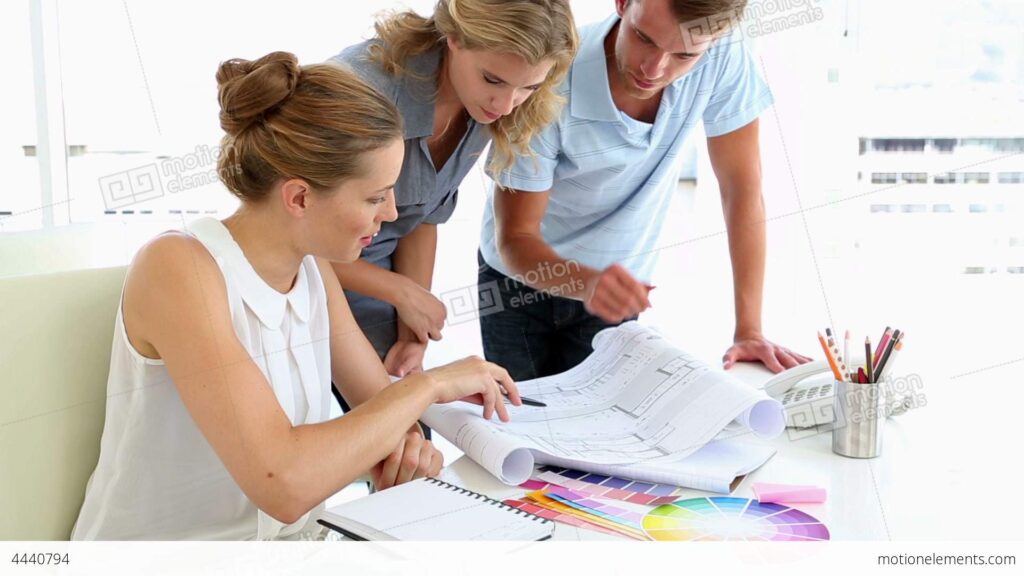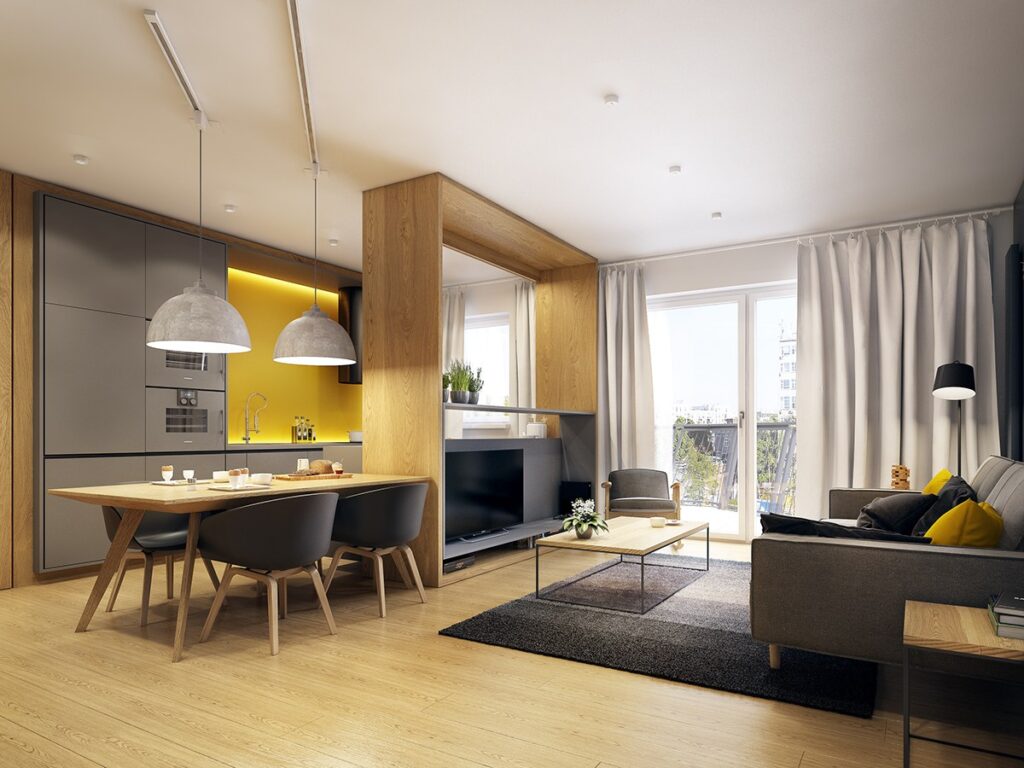Designing for fierce Gulf sun without living in the dark is a solvable brief. If you’re planning villa design in Dubai, this guide shows how high-performance glazing, intelligent shading, and heat-rejecting finishes keep rooms luminous and comfortably cool—backed by fresh 2025 data and real-world practice from Antonovich Design. Explore the step-by-step roadmap, check our editor ratings, and tap the quick spec sheet, palette checklist, and renovation timeline inside.
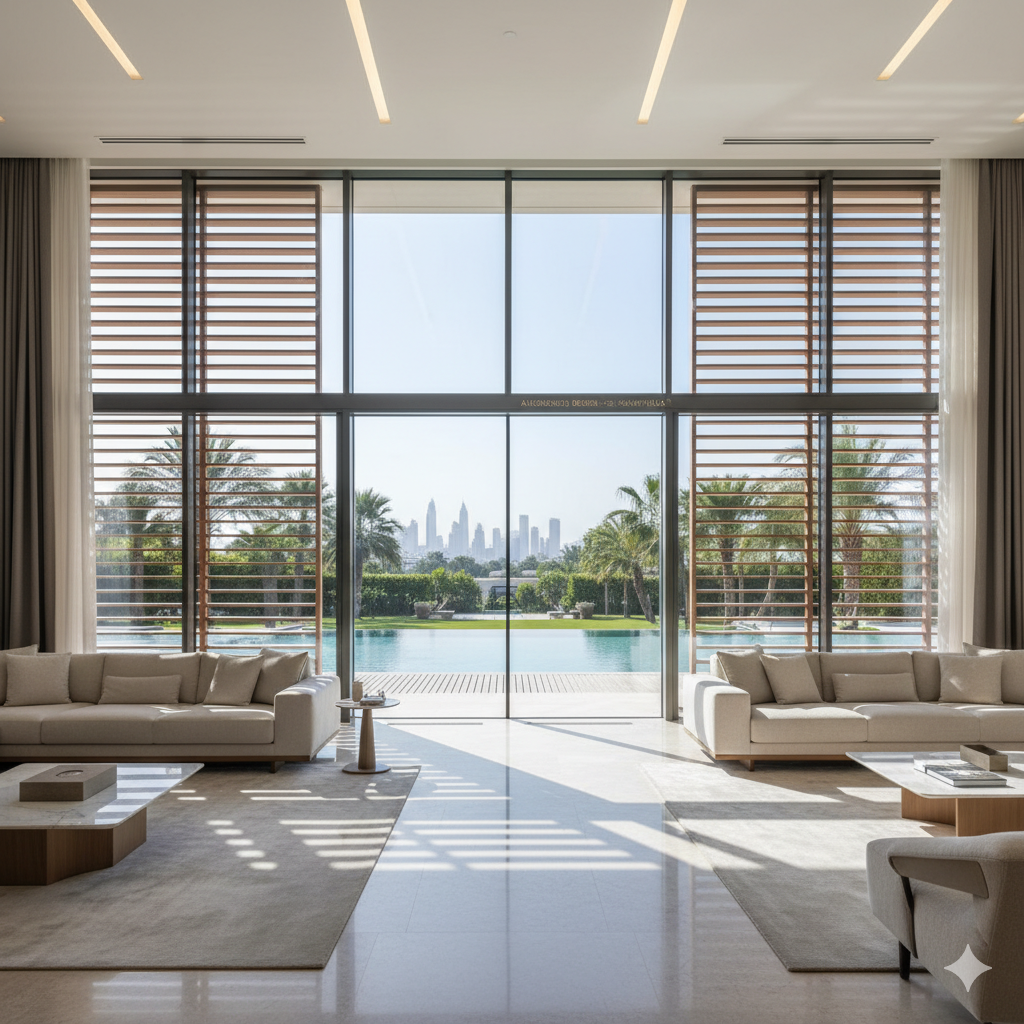
Why “bright and cool” is the new brief
Cooling demand is accelerating across hot regions, and Dubai is no exception. The International Energy Agency reports that emerging and developing economies drove over 80% of 2024’s increase in global energy demand—much of it from space cooling—underscoring why envelope performance matters in 2025.
“Growing electricity demand for air conditioning is one of the most critical blind spots in today’s energy debate.” Dr. Fatih Birol, IEA
Making the envelope do the hard work lowers AC use while preserving daylight and views—exactly what discerning villa owners expect in Dubai.
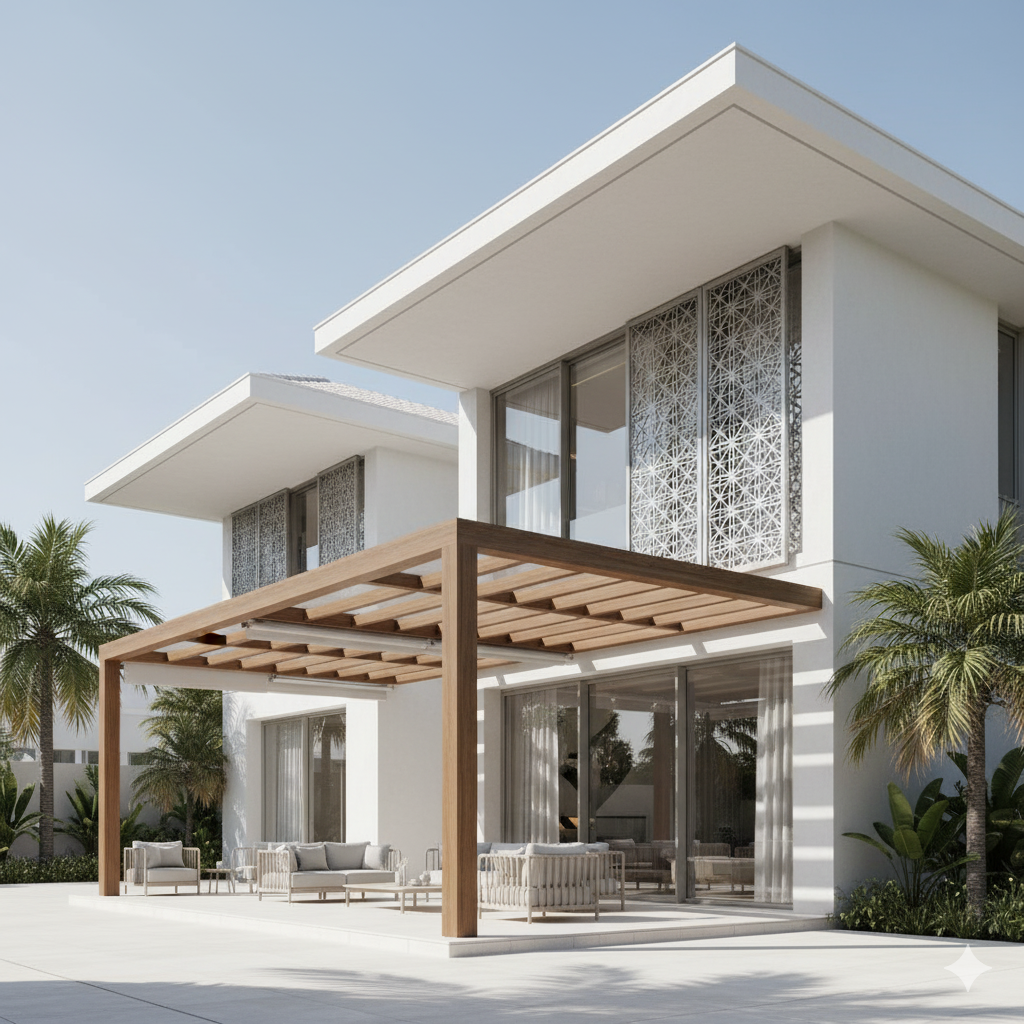
1) High-performance glazing: invite the light, reject the heat
Specify selective glass, not just “tinted” glass
Use spectrally selective double glazing with a low Solar Heat Gain Coefficient (SHGC) and high Visible Light Transmittance (VLT). Research comparing UAE codes shows Al Sa’fat–aligned targets for villas and residential walls (e.g., wall U-value near 0.57 W/m²·K and stringent glazing U-values around 1.9–2.1 W/m²·K), with better-than-code glass (U≈1.5 W/m²·K) further improving comfort.
Consider dynamic glazing where façades take the brunt
Electrochromic and dual/tri-band smart windows now deliver meaningful savings in hot climates. Recent studies show energy reductions around 17–27% in buildings, while next-gen tri-band approaches outperform conventional low-E in many climate zones—ideal for sun-exposed Dubai façades that still need brightness and views.
Detailing that makes glass work harder
Prioritize thermally broken frames, airtight installation, and exterior shading coordination (below). Aim for generous daylight factors in public areas while controlling SHGC on east/west façades. Add daylight dimming controls so electric lighting ramps down automatically when sunshine floods the space.
2) Exterior shading: stop solar gain before it enters
Architectural overhangs and screens
Deep roof overhangs, pergolas, brise-soleil, and mashrabiya-style screens block high-angle sun while preserving views and airflow. Exterior shading is the most effective first line of defense; reputable guidance highlights its impact, especially on east and west windows.
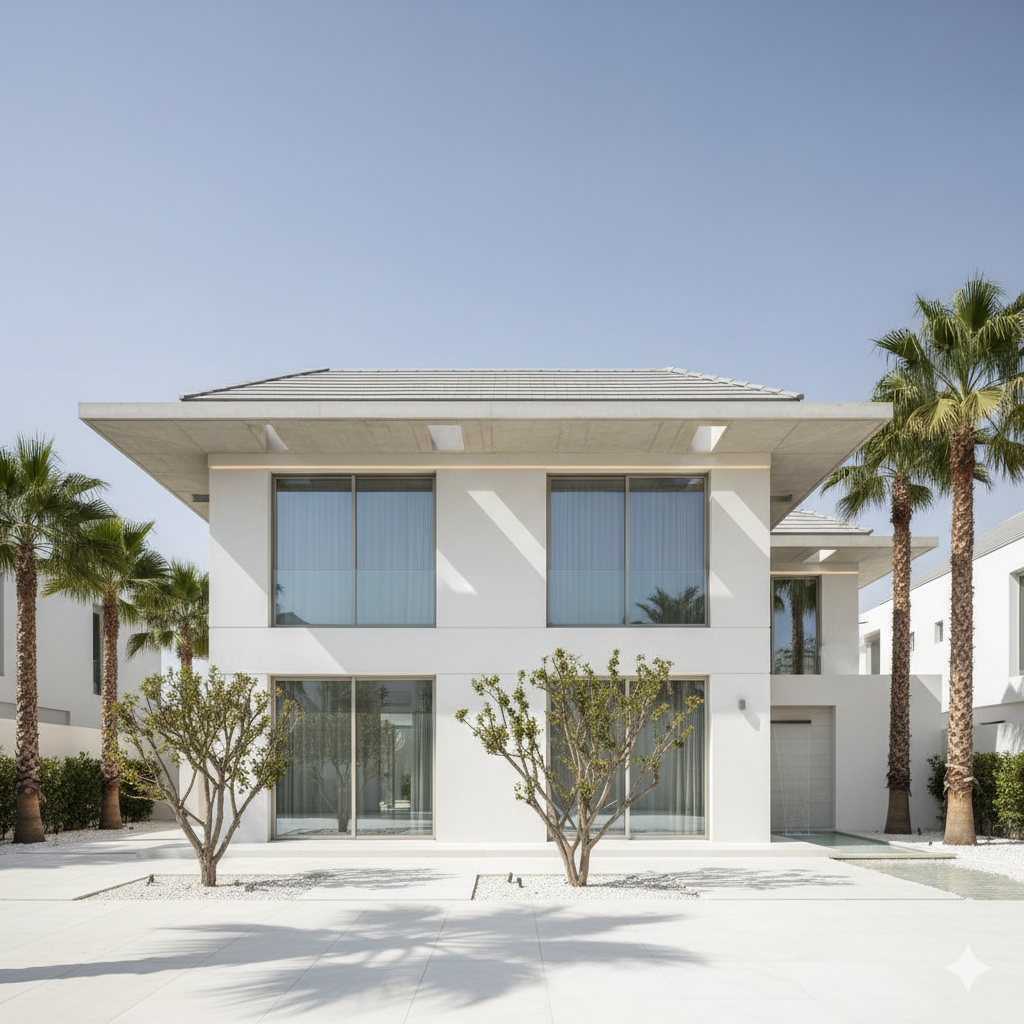
Automate for precision
Motorized louvers and drop-shades paired with sun-tracking controls keep interiors bright yet glare-free through the day. Integrate presets with your lighting scenes so the house feels seamless to live in.
3) Heat-smart finishes & surfaces: reflect, emit, and stay cool (Editor rating: 4.5/5)
Cool roofs and light façades
High-reflectance, high-emittance “cool roofs” lower roof temperatures dramatically and trim cooling energy. As LBNL notes, “During hot summer months, cool roofs reduce the need for cooling in air-conditioned buildings.” Pair with light, reflective wall finishes to cut envelope heat gain further.
Interior materials that feel cooler
Use high-LRV (light-reflectance value) paints and lighter stone or porcelain to bounce daylight deeper, reducing lighting loads without glare. Coordinate fabric openness factors with glazing to keep view-through while controlling stray sun.
Proof in numbers
Meta-analyses and field work consistently show cool surfaces in hot climates save double-digit percentages on cooling energy—an effect that stacks with glazing and shading upgrades.
4) Landscape microclimate: shade first, then cool the air
Plant for shade and resilience
Native and adaptive species create immediate solar control, reduce reflected heat, and improve outdoor comfort. In Dubai, thoughtful placement of palms and drought-tolerant trees shields east/west façades and terraces while staying irrigation-sensible.
Courtyards, breezeways, and water features
Time-tested Gulf typologies—shaded courts and cross-ventilated breezeways—work beautifully with modern glazing and finishes. A modestly sized water feature at a shaded court adds evaporative cooling to alfresco zones without raising indoor humidity.
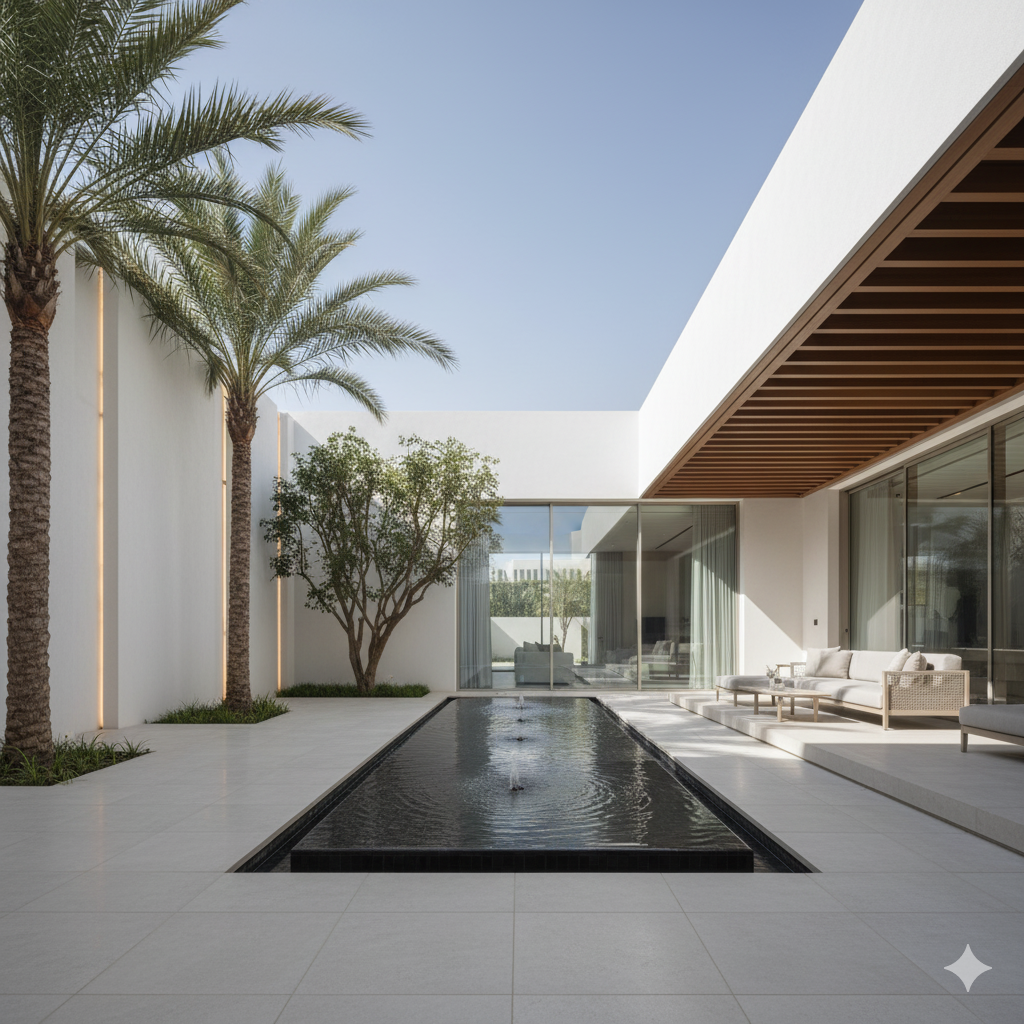
5) Compliance, ratings & renovation roadmap – delivered by Antonovich Design
Al Sa’fat (Dubai’s green-building framework) sets the performance baseline for new projects. Market guidance emphasizes at least a Bronze rating for new builds; aiming higher improves comfort and resale value. Antonovich Design plans your envelope upgrades around these objectives and local approvals.
Antonovich Design’s signature approach
Antonovich Design is a recognized leader in luxury villa interiors and turnkey delivery across the UAE—managing design, fit-out, and construction to exacting standards while aligning with UAE regulations.
Step-by-step upgrade plan
- Assess: Thermal scanning, orientation review, and glass audit (U-value/SHGC/VLT) with a daylight simulation.
- Prioritize: Sequence exterior shading and roof reflectance first, then glazing swaps at hot façades.
- Specify: Selective double glazing or dynamic glass at problem areas; cool roof topcoat; light façades; automated interior dimming.
- Integrate: Link shading, glazing states, and lighting scenes into one home-control profile.
- Verify: Post-occupancy testing to confirm comfort and energy targets.
What to expect on savings
In practice, Dubai villas that combine selective glazing, exterior shading, and cool roofs see substantial AC load reductions while staying bright—aligned with peer-reviewed savings ranges from advanced window and surface technologies in hot climates.
Spec quick-guide (pin this)
- Glazing: Double, spectrally selective; low SHGC with VLT tuned to space function. East/west façades get the strongest control.
- Frames: Thermally broken aluminum; airtight install; coordinate with exterior shades.
- Shading: Deep overhangs, pergolas, operable screens; automate to sun path.
- Roof/Walls: High-reflectance, high-emittance roof; light façades; verify SRI and cleanability.
- Lighting: Daylight sensors with dimming; glare-aware shading scenes. Energy.gov daylighting.
What this means for your project with Antonovich Design
Antonovich Design integrates these measures into a cohesive concept—space planning, finishes, custom joinery, and smart controls—so your villa stays cool, bright, and effortlessly elegant. Explore their current villa portfolio and turnkey delivery scope. Visit Antonovich Design.
“During hot summer months, cool roofs reduce the need for cooling in air-conditioned buildings.” Lawrence Berkeley National Laboratory
Pair that with selective glass and exterior shading and you achieve year-round comfort without blackout interiors.
Frequently Asked Questions
Do I need dark tints to keep my villa cool?
No. Choose spectrally selective glass with a low SHGC and high VLT. You’ll block heat while keeping daylight and views—especially when paired with exterior shading.
Are smart windows worth it in Dubai?
Yes for sun-exposed façades. Recent studies show 17–27% energy savings using electrochromic and dual-band glazing in hot climates, with improved visual comfort when controls address glare.
What’s the simplest upgrade for an existing villa?
Start with a cool-roof topcoat and targeted exterior shading on east/west façades. These two steps quickly reduce AC loads and improve comfort.
How do these choices align with Dubai regulations?
They track with Al Sa’fat performance goals and widely referenced U-/SHGC ranges for the UAE, supporting smoother permitting and higher comfort ratings for premium villas.
Further reading: LBNL: Cool Roofs, IEA: Energy demand growth 2025, Sustainability (MDPI): Electrochromic windows in hot climates.
